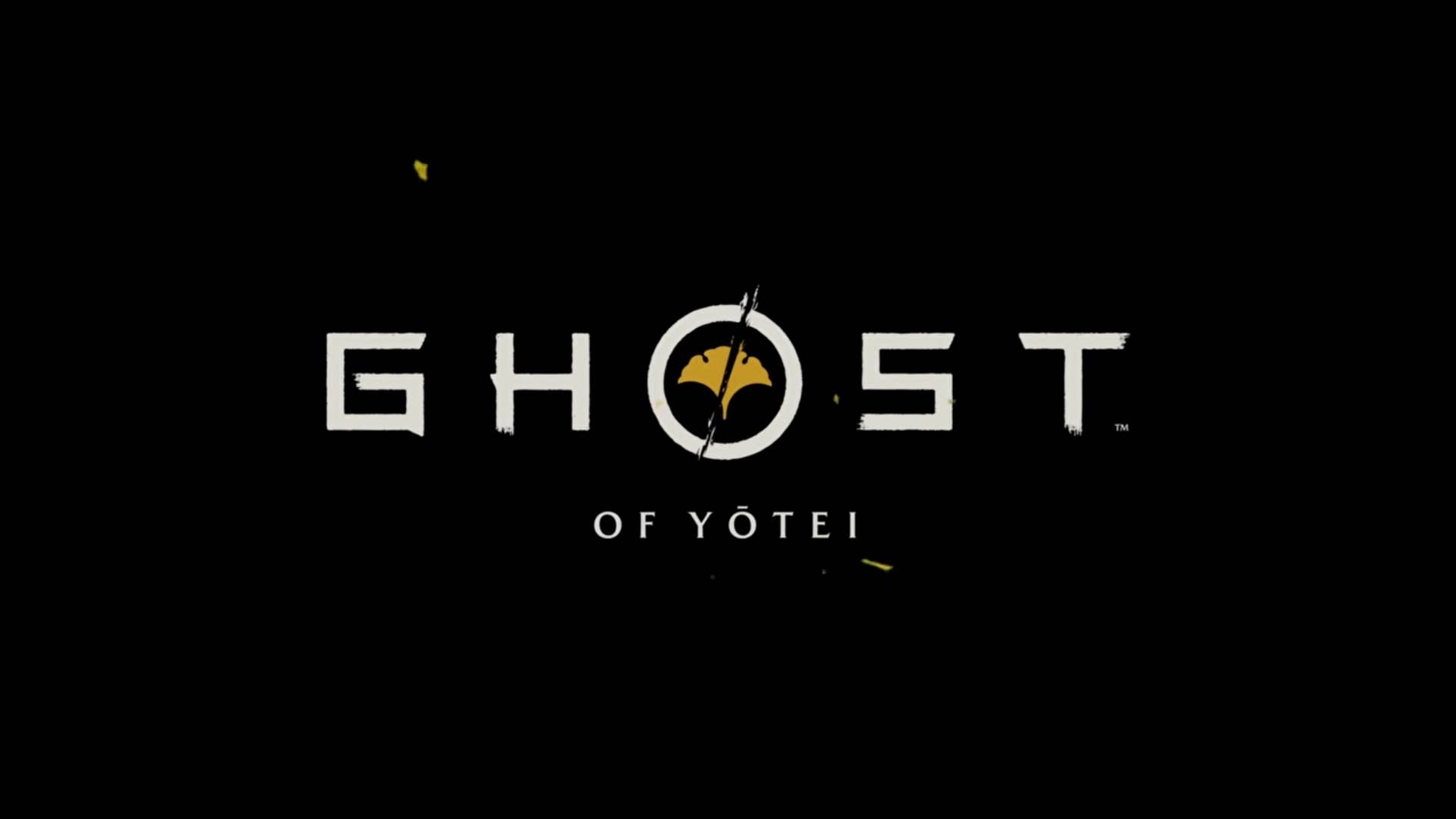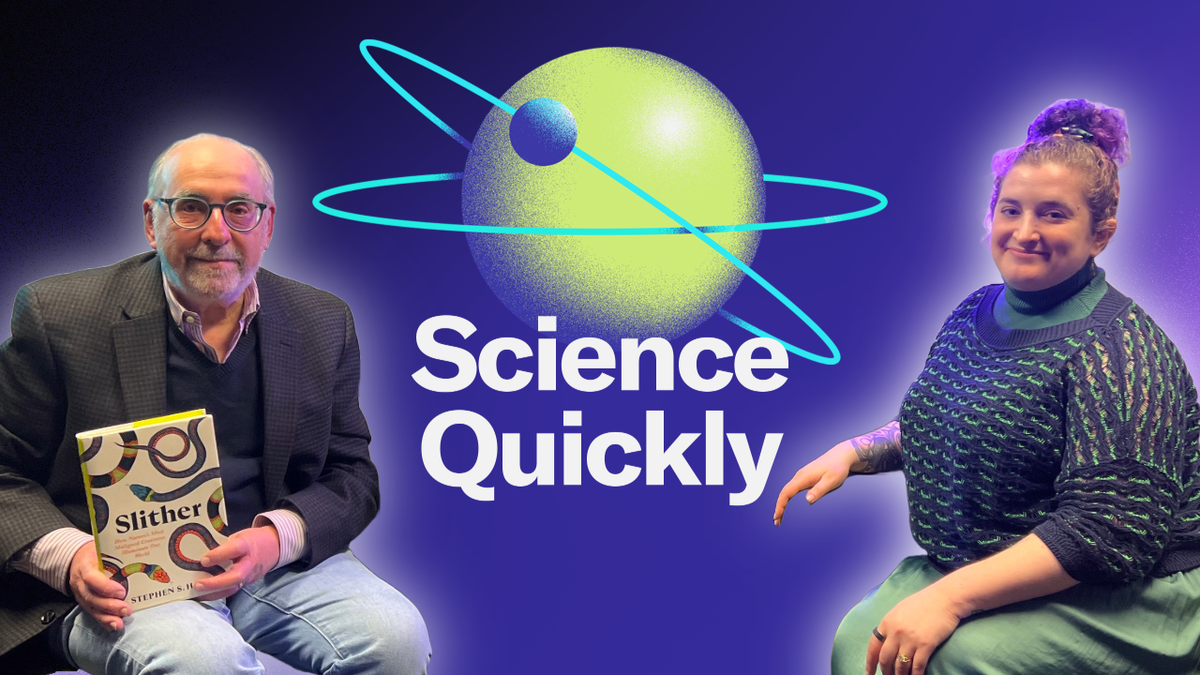What the Democratic Infighting Reveals
The party remains in a state of disunion—not only about their future, but about how to address the present catastrophe.

This is an edition of The Atlantic Daily, a newsletter that guides you through the biggest stories of the day, helps you discover new ideas, and recommends the best in culture. Sign up for it here.
The phrase in disarray has dogged the Democratic Party for years, but what’s happening now is something more profound and consequential. As Donald Trump approaches the 100th day of his second term, Democrats appear to lack a shared understanding of the depth of their situation—never mind how to address it.
Today’s Democratic infighting isn’t merely about how to win in 2026 or 2028. Rather, it’s an asymmetrical conversation about priorities. Should Democrats focus on fighting Trump’s autocratic actions and on pushing harder than ever to ensure the rights of vulnerable communities? Or should they tack to the middle to woo disillusioned Trump voters? Meanwhile, Democrats also need to figure out how to serve voters in their own base who are fed up with the party’s ineffectiveness. A recent Gallup poll was, in a word, abysmal, finding that only 25 percent of respondents had confidence in Democratic congressional leaders—an all-time low.
Some Democrats, regardless of age or where they fall on the center-to-left spectrum, have stepped up to address the stakes of Trump’s current assault on the federal bureaucracy and the rule of law. Last night, former Vice President Al Gore compared Trump’s second presidential term to Nazi Germany. “I understand very well why it is wrong to compare Adolf Hitler’s Third Reich to any other movement,” Gore said during a Climate Week speech in San Francisco. He nonetheless did so, characterizing Team Trump’s messaging as a clear echo of the Nazis. “The Trump administration is insisting on trying to create their own preferred version of reality,” he warned.
Gore is perhaps the embodiment of a moderate Democrat, but those comments placed him squarely in the Trump 2.0–resistor coalition, alongside leaders such as Senator Bernie Sanders of Vermont and Representative Alexandria Ocasio-Cortez of New York. That duo has been staging large-scale rallies across the country under the stated objective of “fighting oligarchy,” turning out tens of thousands of activists, radicals, and old-school Democrats alike. Other leaders, such as Senator Chris Van Hollen and several other elected officials, have traveled to El Salvador to bring attention to the plight of Kilmar Abrego Garcia, the migrant at the center of the Trump administration’s standoff with the Supreme Court. (The Court called for the White House to “facilitate” Garcia’s return to Maryland; the administration has yet to comply.) Though all of these public-facing actions may be disparate, they share the goal of telegraphing that greater action is necessary—not just from politicians, but from citizens.
Many other Democrats, though, are simply stuck in place trying to figure out how to win back their own voters. While Trump keeps rolling back LGBTQ rights, certain Democrats appear to view the fight for transgender liberties, for example, as merely a losing campaign issue and relic of the mid-2010s culture war. In the eyes of some Democrats, the obligation to push back against Trumpism seems sublimated to the more practical goals of winning elections and securing majorities. But in trying to woo disaffected Trump voters, they may be disaffecting loyal Democratic voters who fear the party is abandoning important issues.
Even those focused squarely on electoral contests are in profound disagreement. Certain emerging leaders, such as David Hogg, the 25-year-old Parkland-shooting survivor and a current vice chair of the Democratic National Committee, believe that staging a real challenge to Trumpism means replenishing the ranks with fresh faces. Hogg’s pledge to spend $20 million to help young Democrats primary their older counterparts caught the ire of, among others, the 80-year-old Democratic strategist James Carville last week. “I’m not part of the hip generation. I’m not very au courant. But I actually thought our job was to beat Republicans,” Carville said on CNN, scoffing at Hogg’s plan.
Last week, in a separate instance, Carville lambasted “pronoun politics” and went so far as to suggest an “amicable split” between progressive Democrats and what he framed as coalition-minded Democrats such as himself. Although splitting off from more radical members of the party might seem to make sense to certain big-tent Democrats, it would ignore the fact that those drawing tens of thousands of people into the tent right now—namely, Sanders and AOC—are unapologetic progressives. It might be time for coalition-minded Democrats to expand what they think of when they think of their coalition.
What all this Democratic infighting has ultimately revealed is that the party has entered its “post” era. Democrats are post-Biden, post-Harris, post-Obama. Some would like to believe that the party is alternatively post-Sanders or post-Carville. But another way to look at it is that Democrats have entered a “pre” era. The lack of clear direction may not instill much confidence among Democratic voters, but open-endedness could be an opportunity for the party. The next leader may soon step up. But for that leader to rise, everyone needs to get out of one another’s way.
Related:
Here are three new stories from The Atlantic:
- A ticking clock on American freedom
- Pete Hegseth’s patriotic duty is to resign, Tom Nichols argues.
- The force that holds Trump’s coalition together
Today’s News
- Secretary of State Marco Rubio revealed a plan to substantially reorganize the State Department. The department would aim to eliminate U.S.-based workers by 15 percent, according to The Washington Post.
- The Supreme Court signaled support for Maryland parents who want to remove their children from classes teaching books with LGBTQ characters.
- The Department of Education will restart collecting federal student loans in default on May 5.
Evening Read
The Gen Z Lifestyle Subsidy
By Lila Shroff
Finals season looks different this year. Across college campuses, students are slogging their way through exams with all-nighters and lots of caffeine, just as they always have. But they’re also getting more help from AI than ever before. Through the end of May, OpenAI is offering students two months of free access to ChatGPT Plus, which normally costs $20 a month. It’s a compelling deal for students who want help cramming—or cheating—their way through finals: Rather than firing up the free version of ChatGPT to outsource essay writing or work through a practice chemistry exam, students are now able to access the company’s most advanced models.
More From The Atlantic
- OpenAI is coming of age.
- Why Trump is standing by Hegseth, for now
- The papacy is forever changed.
- “Dear James”: Never too old for a barbaric yawp
Culture Break
Debate. Joan Didion’s books should have been enough. But the publication of her private letters undermines an essayist famous for her control, Lynn Steger Strong writes.
Read. These seven books describe how the Earth is changing right now.
Stephanie Bai contributed to this newsletter.

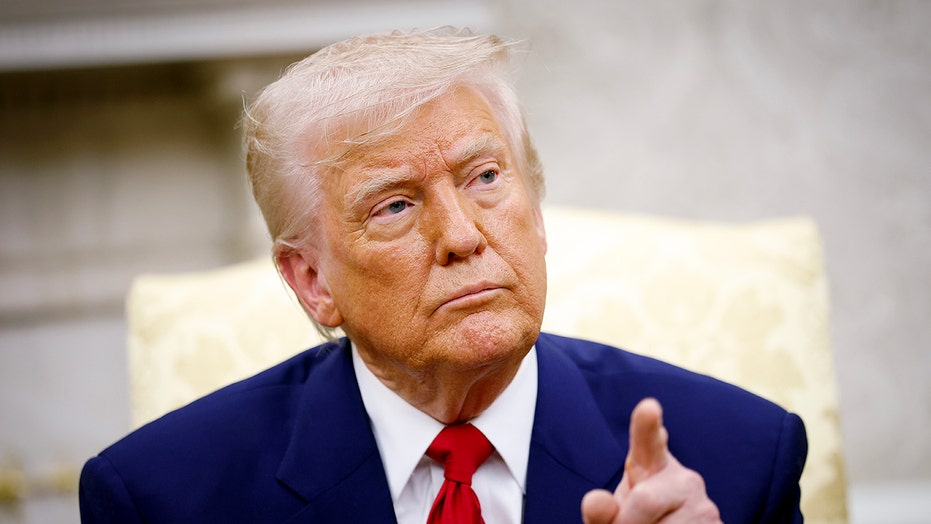



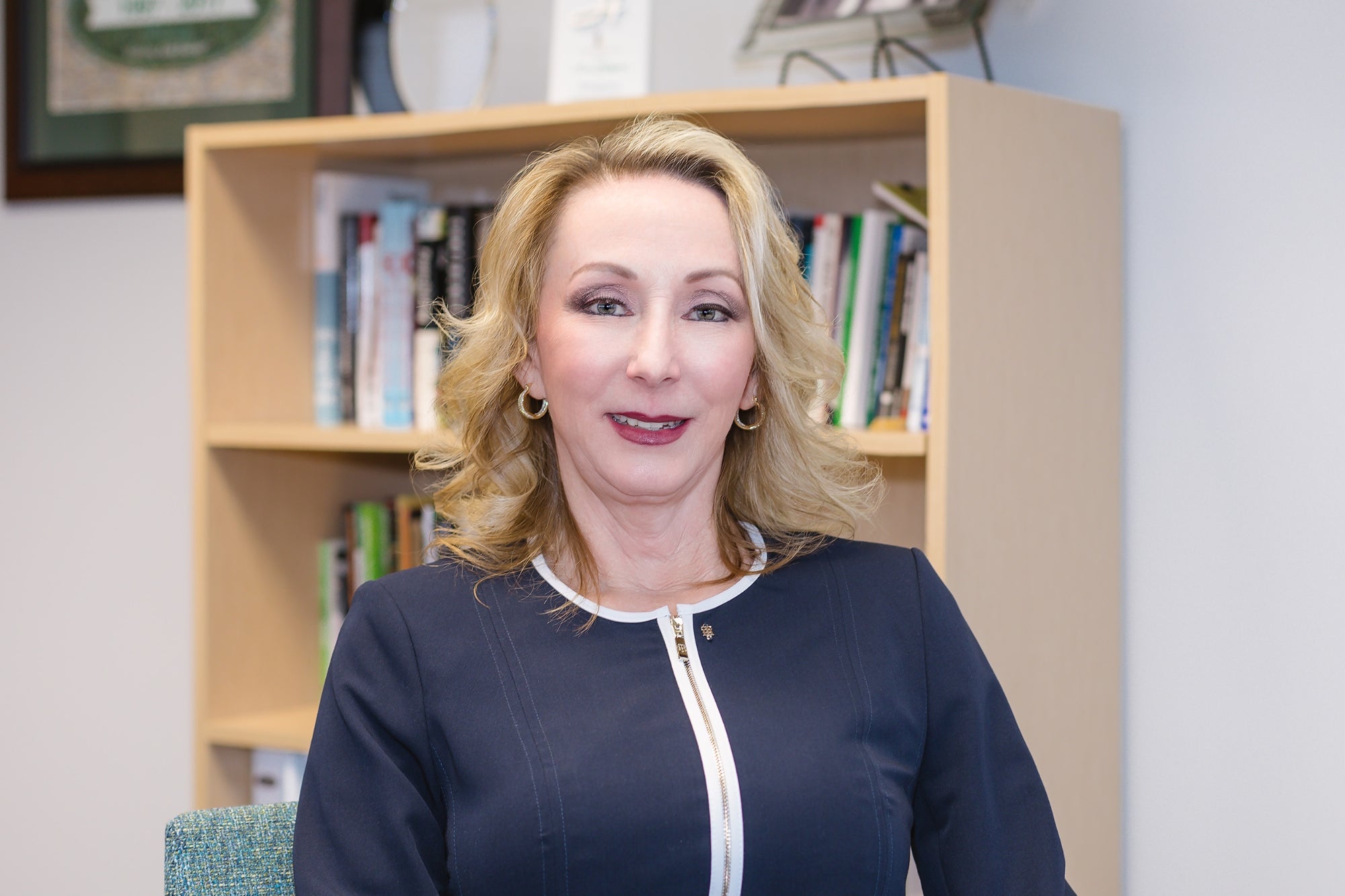















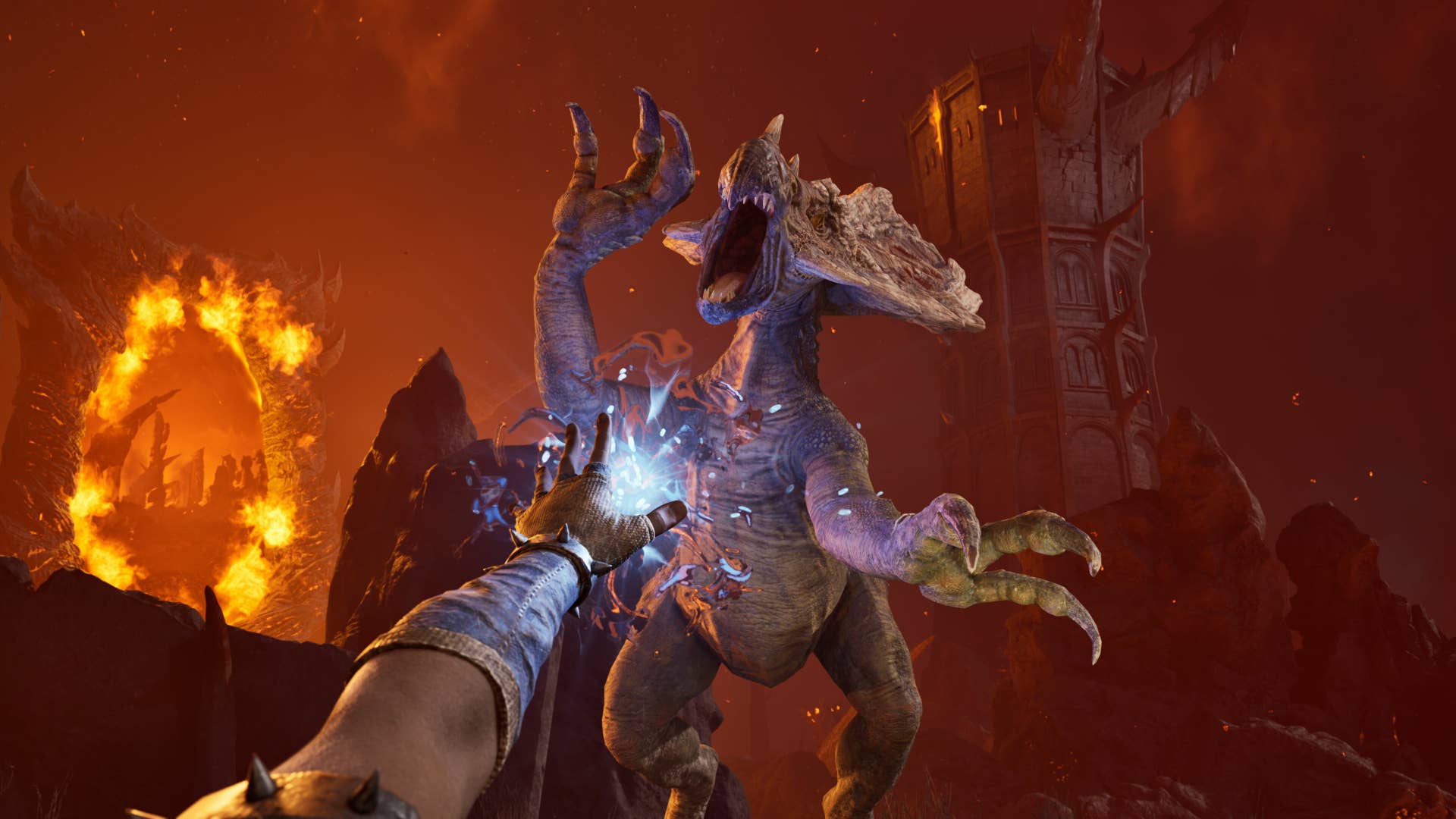
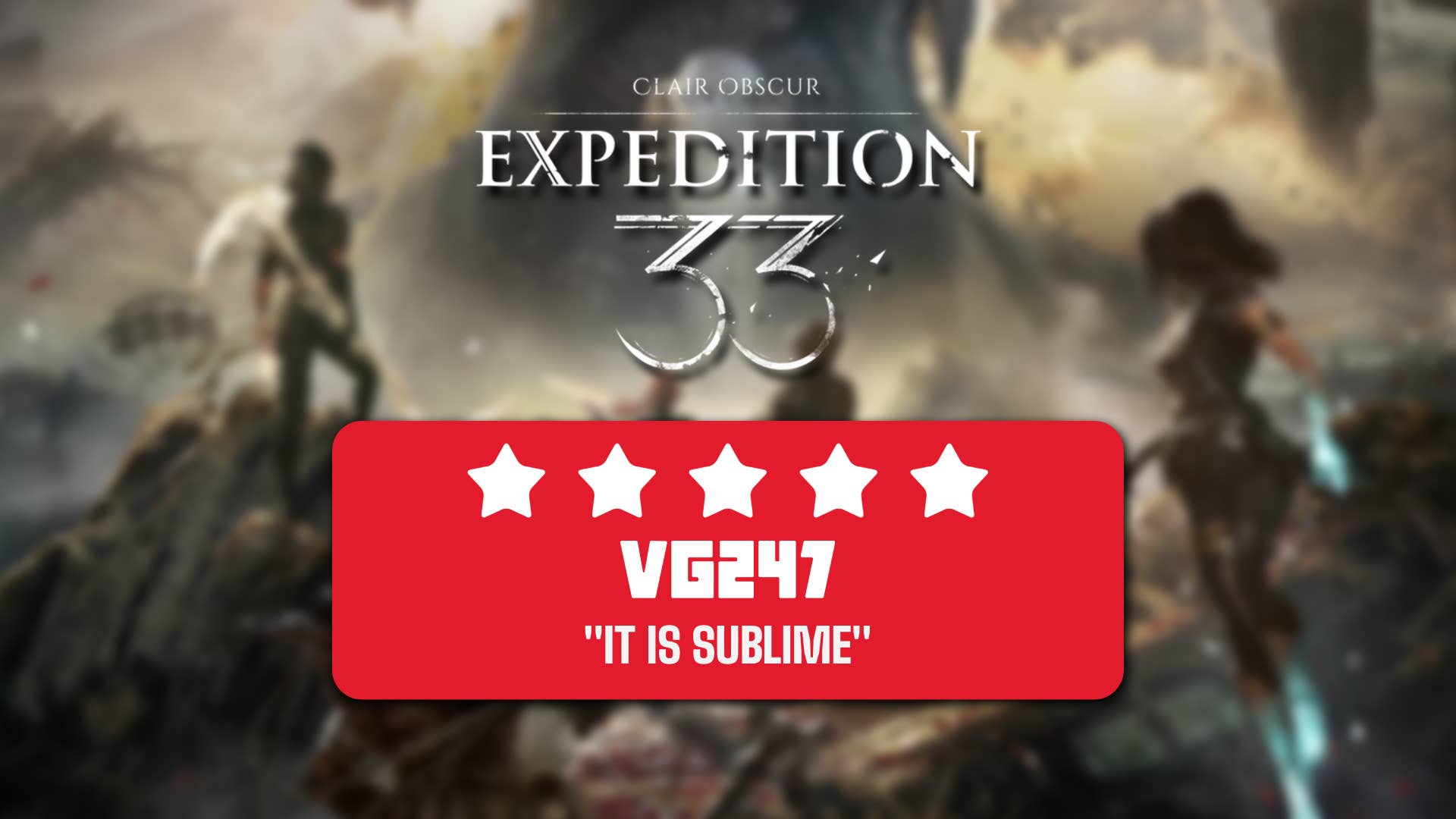
.jpg?width=1920&height=1920&fit=bounds&quality=70&format=jpg&auto=webp#)
